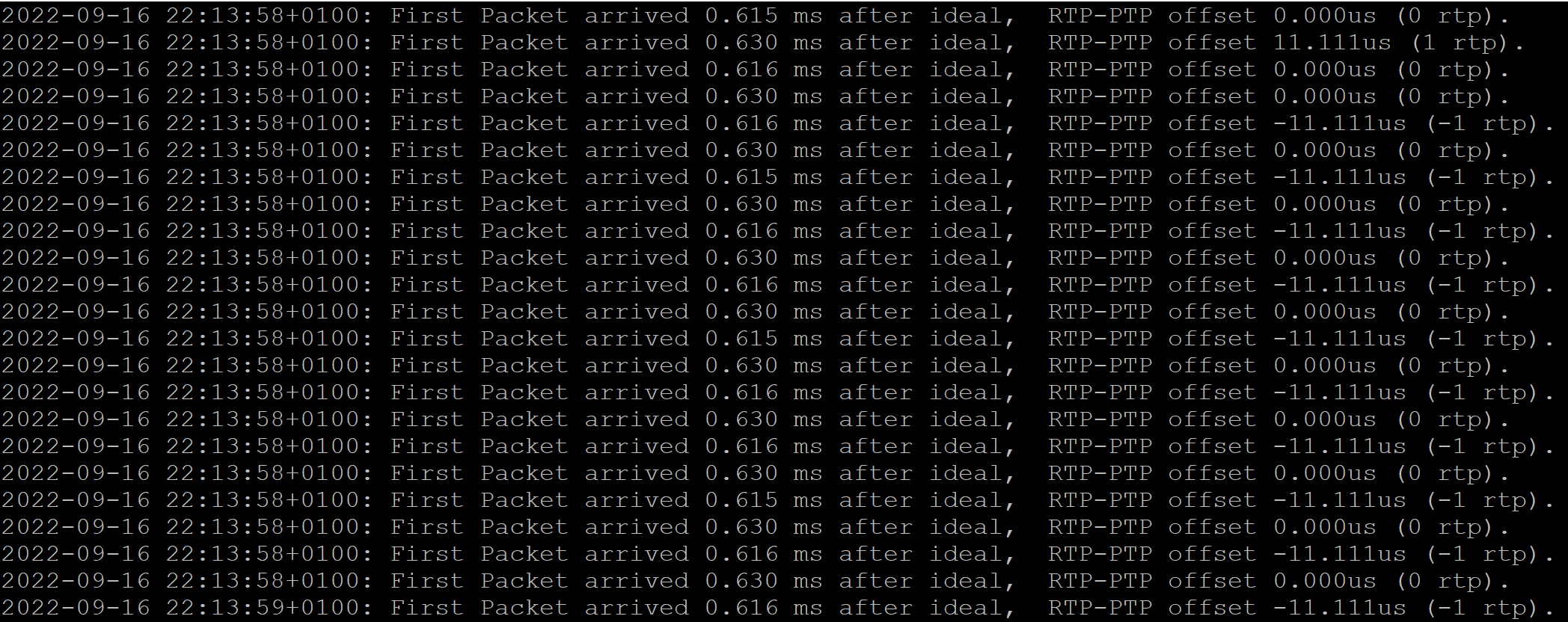We’re announcing that we’re open sourcing our internal tool for measuring PTP and ST 2110 streams. It aims to provide simple sanity-checks of ST 2110 streams. We hope that open sourcing this tool will push the industry toward greater PTP and timestamp compliance outside of a lab environment.
We frequently have to debug PTP and ST 2110 timestamp issues in the field* and we hope that this simple tool will allow end-users to do the same quickly without the need to make large and unwieldy packet captures over many days. On the other hand, it does not aim to provide a deep mathematical analysis of ST 2110. Tools like EBU LIST are better suited for this. Thus it aims to be a good compromise between an operational tool and a detailed analysis tool.
This tool was developed during the stay-at-home portion of the pandemic to develop the ST 2110 functions of our C-200 encoders and decoders and as result doesn’t require any form of remote desktop capability and uses standard Linux libraries with few dependencies.
It supports the following functions:
- ST 2110-20 (video) packet arrival time and RTP-PTP offset measurements
- ST 2110-30 (audio) RTP-PTP offset measurements
- ST 2022-6 (SDI over IP) first packet arrival time relative to PTP alignment point measurements
The following network cards are supported:
- Any network card with hardware timestamping of all packets with a VSS Ethernet Trailer such as the Silicom PE310G2TSI9P
- Any network card with hardware timestamping of all packets via “adapter_unsynced” timestamps such as the Mellanox ConnectX5
By supporting different network cards with different timestamping approaches we are able to cross-check our results.
Here’s what our tool’s output looks like:

The logging has been specifically designed so that an incident report (e.g from an MCR) in local time can be reconciled quickly to a particular video frame or field.
You can download and run ptpmeasure here: http://github.com/openBroadcastSystems/ptpmeasure
* More on this available here:

